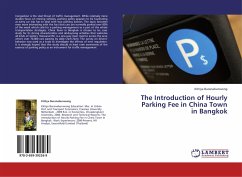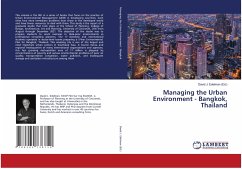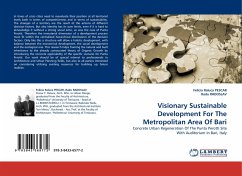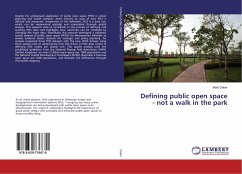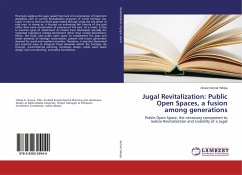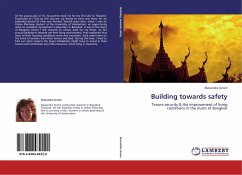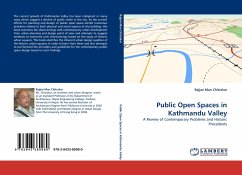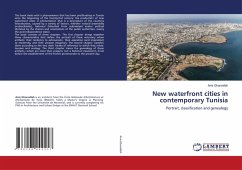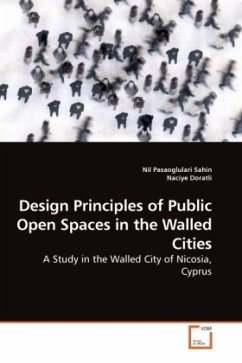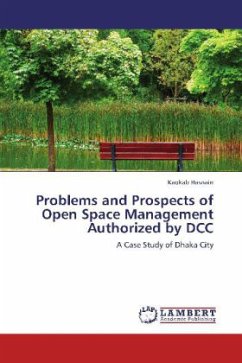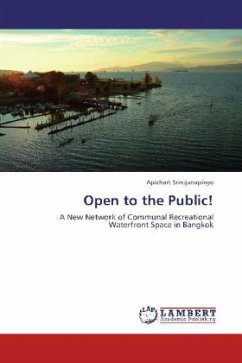
Open to the Public!
A New Network of Communal Recreational Waterfront Space in Bangkok
Versandkostenfrei!
Versandfertig in 6-10 Tagen
39,99 €
inkl. MwSt.

PAYBACK Punkte
20 °P sammeln!
Physically and historically, Bangkok has been shaped by its relationship to its waterfront. Flowing 370 kilometers through Thailand, the Chao Phraya River is more than the nation s lifeline. It was a principal waterway that largely determined the expansion of this former agricultural city. With the advent of industrialization, the focus shifted to the establishment and consolidation of man-made infrastructures such as roads and highways, leaving the waterfronts as large areas of underused land, deteriorated ports, warehouses, and informal settlements. With recent developments turning their bac...
Physically and historically, Bangkok has been shaped by its relationship to its waterfront. Flowing 370 kilometers through Thailand, the Chao Phraya River is more than the nation s lifeline. It was a principal waterway that largely determined the expansion of this former agricultural city. With the advent of industrialization, the focus shifted to the establishment and consolidation of man-made infrastructures such as roads and highways, leaving the waterfronts as large areas of underused land, deteriorated ports, warehouses, and informal settlements. With recent developments turning their backs onto the waterfront, the diminishing public exposure and access to the Chao Phraya River means it is quickly losing its historic role as a valuable asset and resource for the capital. This study proposes the establishment of a green network along the Chao Phraya River by opening up and developing selected underused areas, and connecting them with the new systematic water transportation.



